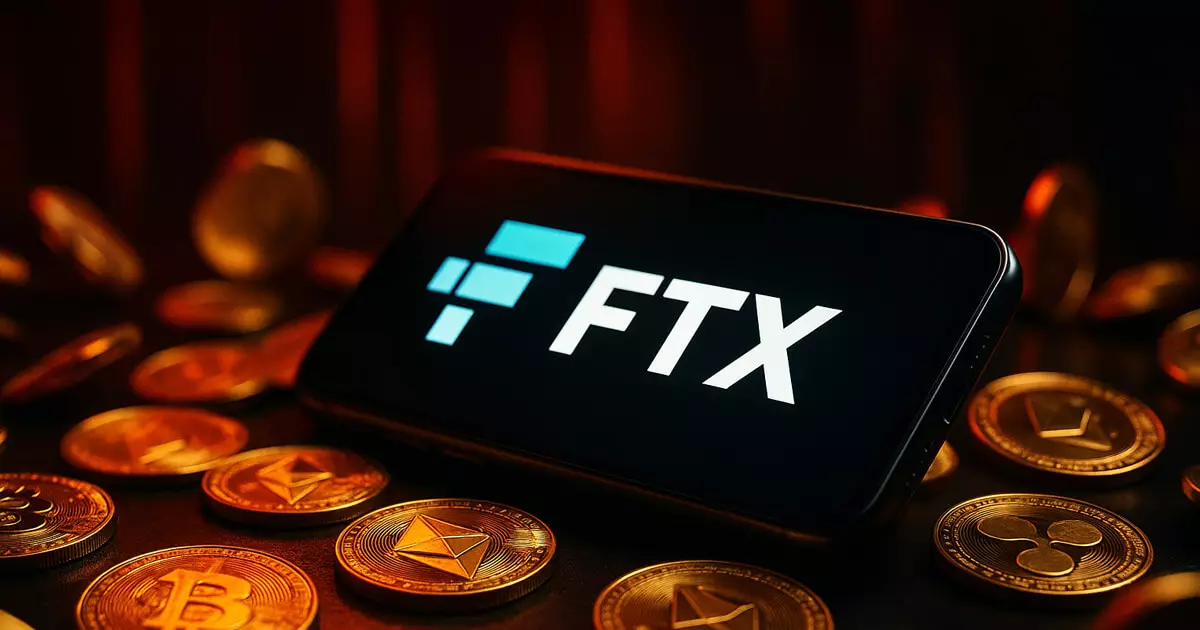As the FTX saga drags on, the announcement that BitGo has initiated the second phase of repayment raises critical concerns rather than the anticipated relief for creditors. The rollout of user account credits may appear as a triumph on the surface, but a closer examination reveals troubling inconsistencies in the process. Although creditor Sunil Kavuri highlighted the newly credited funds, the reality is disheartening: these funds will remain unusable until May 30. Rather than giving creditors the freedom to access their money right away, FTX is employing a method that builds more frustration than trust among its critical user base.
The Billion-Dollar Illusion
In a twist of irony, FTX Recovery Trust plans to distribute beyond $5 billion, yet the reality is that many creditors are left in the cold. Amidst much anticipation, many FTX users remain unsatisfied due to the repayment amounts being calculated based on prices from late 2022, shortly after the company’s crash. This leads to a sensation of parched hope; creditors are grappling with the fact that if they were to receive refunds pegged to today’s soaring Bitcoin valuation, many would find themselves significantly better off. Is it fair to tether repayment to outdated valuations when the cryptocurrency landscape has dramatically shifted since then? The hedge against inflation would not make sense for a bankruptcy plan that lacks foresight and genuine consideration for its creditors’ needs.
Fiat Payments vs. Crypto Payoffs
Adding salt to the wound, most refunds are disbursed in fiat currency. The irony, of course, is palpable; creditors who signed up for the thrills of the crypto world find themselves shackled by traditional financial instruments while witnessing Bitcoin soaring past the $110,000 mark. The disconnect signals not just a lack of accountability from FTX’s management but also a flagrant disregard for the investment choices made by these creditors. The approach reeks of negligence, leaving users questioning the motivations behind FTX’s bankruptcy plan—or lack thereof.
Scams and Phishing: A Sad Underbelly
Almost comically tragic, the prelude to the second round of payments has been plagued by an alarming upswing in phishing attempts targeting FTX creditors. The timing of these scams, coinciding with FTX’s own rollout, underscores an urgent need for heightened security among users who have already faced immense distress. Kavuri’s public warning shines a light on the desperation of the situation; with fraudsters sending fake emails, many well-intentioned individuals could fall prey to these deceitful tactics. It’s almost insulting to think that after enduring the turmoil of bankruptcy, creditors should now be vigilant against threats from opportunistic criminals.
A Call for Integrity in Recovery Efforts
The ongoing failures of the FTX repayment plan raise pertinent questions about corporate integrity and consumer rights in the financial sector. The apparent lack of transparency and responsiveness from BitGo only deepens the chasm of distrust. It’s imperative to take a steadfast position: creditors should not have to play the game of waiting while their financial futures teeter on the edge of negligence. The ongoing developments surrounding FTX need robust scrutiny and reform to ensure that creditors are treated with the respect they deserve, rather than as collateral damage in a flawed financial experiment.

